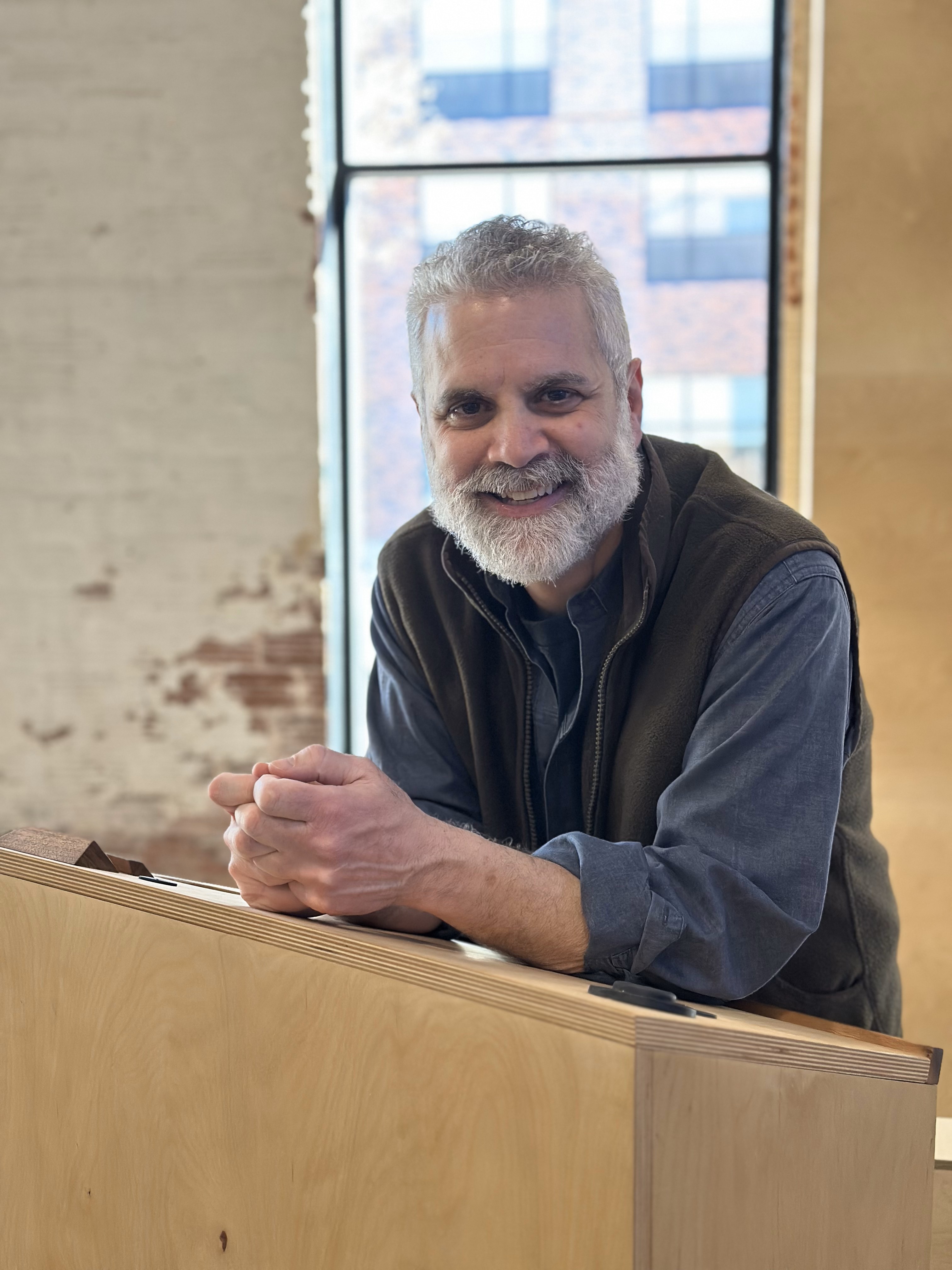
Resilience Is More Than Grit
For years, resilience has been celebrated as the ability to persevere through hardship. The message has been clear: stay strong, keep pushing, never give up. While that definition captures part of the truth, it also misses something essential. True resilience is not just about endurance. It is about adaptability and transformation. It is not simply surviving adversity, but engaging with it in ways that promote growth and thriving.
When we reduce resilience to grit alone, we reward persistence but overlook the importance of learning. We teach people to keep going but not always to step back, reflect, and recalibrate. Positive Leadership invites a broader view of resilience, one rooted in progress, alignment, and engagement.
Resilience as Progression 🚀
Progression Theory teaches that perfection is never possible, but progression is always possible. This mindset shifts the focus from enduring hardship to advancing through it. In this view, resilience is not a fixed trait or a personal toughness test. It is an ongoing process of adapting, realigning, and continuing to move forward in the face of challenge.
This kind of resilience begins with awareness. Leaders who pause to assess contrast, the tension between what is and what should be, gain insight into where progress is needed. They do not view struggle as failure, but as feedback. Every obstacle becomes a signal pointing to what must change, what must align, and what must be learned.
In the Positive Leadership model, struggle is not the opposite of thriving; it is one of its precursors. The process of growth often begins in the zone of struggle. When we learn to recognize contrast and respond intentionally, we transform struggle into traction and traction into thriving.
Adaptability Over Endurance 🛡️
The traditional notion of grit focuses on persistence. But in a changing world, persistence without flexibility can lead to burnout and stagnation. Resilience requires adaptability, the ability to adjust methods while maintaining purpose. When purpose and outcomes remain clear, leaders can experiment, learn, and change direction without losing momentum.
Adaptability relies on emotional intelligence. Leaders who can regulate their emotions, maintain perspective, and stay curious in the face of difficulty are better equipped to find creative solutions. They understand that progress sometimes means letting go of what no longer works. Instead of clinging to past strategies, they engage new methods that bring them closer to thriving.
Organizations that cultivate adaptability create cultures where learning is valued as much as performance. Employees are encouraged to experiment, to recover from mistakes, and to use feedback constructively. This environment builds psychological safety, one of the most reliable indicators of resilience at both the individual and team level.
The Emotional Dimension of Resilience ❤️
Resilience is not just cognitive or behavioral; it is deeply emotional. In challenging moments, our emotions act as data. Fear signals potential loss. Frustration highlights misalignment. Hope fuels persistence. Leaders who understand and harness these emotional signals can guide themselves and others through uncertainty with wisdom and compassion.
Emotionally intelligent leaders model calm under pressure, not by suppressing emotions, but by engaging them consciously. They acknowledge tension and anxiety, but they do not allow those emotions to dictate their behavior. Instead, they use them as cues for reflection and recalibration. This is emotional agility in action, the capacity to stay grounded, curious, and intentional even when conditions are unpredictable.
From Recovery to Growth 🌱
True resilience is not measured by how quickly we return to normal after disruption alone. It is also measured by how much we grow because of it. Recovery alone restores stability. Growth creates transformation. Thriving leaders use disruption as an opportunity to strengthen alignment and deepen engagement.
After a challenge, resilient individuals and organizations ask: What did we learn? Which strengths helped us adapt? What new capacities did we discover? These questions transform hardship into development. Over time, this learning becomes embedded in culture, shaping how people approach the next challenge.
Resilience is not an isolated skill; it is a collective capacity. Teams that face difficulty together and emerge stronger have engaged their resources, time, focus, relationships, and creativity, in a shared purpose. They have converted contrast into alignment. This process builds a culture that can weather disruption with both strength and grace.
Thriving Through Change 🐛 🦋
In Positive Leadership, thriving is the natural result of alignment and engagement. When leaders maintain clarity of purpose, adapt their methods, and stay connected to their teams, they turn struggle into progress. Resilience is the practice of turning disruption into development.
Leaders who embody this mindset help their teams do more than survive change, they help them thrive through it. They remind people that struggle is not a detour from progress but a part of it. They lead with presence, adaptability, and a deep belief in the possibility of improvement.
Resilience is not about being unbreakable. It is about being flexible, responsive, and alive to what is possible. It is the art of bending without breaking, learning without losing heart, and progressing even when the path is unclear. That is the kind of resilience that sustains thriving for the long term.
